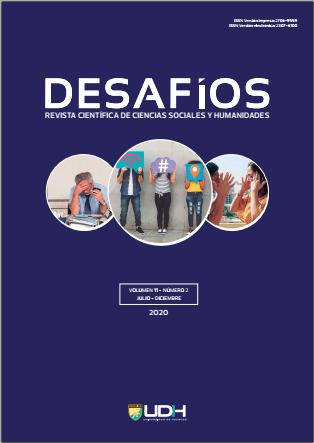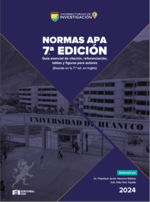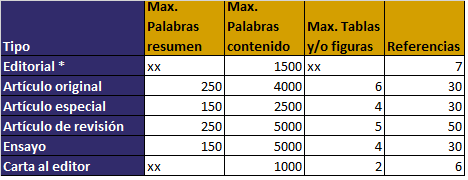Self-esteem and satisfaction with the chosen profession intechnical training students
DOI:
https://doi.org/10.37711/desafios.2020.11.2.217Keywords:
self-esteem, satisfaction, chosen profession, high school students, graphic designAbstract
Objective. To determine the relationship between self-esteem and satisfaction towards the chosen profession in Advertising Graphic Design students at the Instituto Superior Continental de Huancayo. Method. A study of basic type, correlational level and non-experimental, cross-sectional and descriptive correlational design, had a sample of 90 students to whom Coopersmith's self-esteem inventory (1997) and Vildoso's inventory of satisfaction with the chosen profession (2002) were applied. Results. It was found that self-esteem (v1 = 0.64) and satisfaction with the chosen profession (v2 = 3.51) are above the ideal average; the correlation between the study variables was direct, high (r = 0.61) and the significance was equally high (p = 0.00), so it was inferred that, greater self-esteem greater satisfaction with the chosen profession. Conclusion. There was a direct, high and high significance relationship between self-esteem and satisfaction towards the chosen profession in Advertising Graphic Design students at the Instituto Superior Continental de Huancayo.
Downloads
Published
How to Cite
Issue
Section
License
Copyright (c) 2021 Desafios

This work is licensed under a Creative Commons Attribution 4.0 International License.
a. Los autores conservan los derechos de propiedad intelectual (copyright) de las obras publicadas, cediendole a la revista el derecho de primera publicación.
b. Los autores retienen sus derechos de marca y patente, y también sobre cualquier proceso o procedimiento descrito en el artículo.
c. Los autores retienen el derecho de compartir, copiar, distribuir, ejecutar y comunicar públicamente el artículo publicado en la RD (por ejemplo, colocarlo en un repositorio institucional o publicarlo en un libro), con un reconocimiento de su publicación inicial en la RD.
d. Los autores retienen el derecho a hacer una posterior publicación de su trabajo, de utilizar el artículo o cualquier parte de aquel (por ejemplo: una compilación de sus trabajos, notas para conferencias, tesis, o para un libro), siempre que indiquen la fuente de publicación (autores del trabajo, revista, volumen, número y fecha).
























